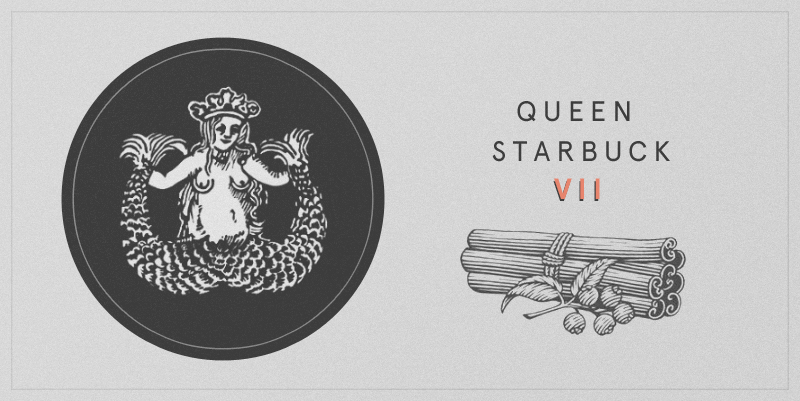
Every dullard schoolchild knows the story of how pumpkin spice was introduced at the first Thanksgiving, leading to the economic expansion of the West and the widespread consumer franchise of assorted Fall flavors that we hopelessly depend upon to mark the changing of seasons. Pumpkin spice has infused our lives—lattes, doughnuts, lip balm, ice cream, beer, soy sauce, cholesterol medication—without these wonderful autumnal reminders, we would have no way of knowing when to harvest our cash crops.
Few people today realize that pumpkin spice, though historically traded as a discrete commodity, is actually a composite of several different spices. Chief among these is the titular pumpkin, an obscure and rare spice grown on the coastal region of northern Mongolia and transported into the Arab world through the Balkans along what later became known as the Great Pumpkin Route. Given its extremely sour, unpalatable flavor when consumed alone, Persian merchants adopted the practice of diluting the rich, flaky pumpkin with another key spice: cinnamon.

By the early fifteenth century, demand for cinnamon had grown considerably in the frigid climes of northern Europe, where it was used to line duvets for the noble classes during nutmeg famines. The introduction of cinnamon as a seasoning, however, didn’t occur until Queen Starbuck VII of the then-fictional Franco-Swedish suzerain began commissioning freighters to bring this velvety cinnamon-pumpkin mixture around the Strait of Ikea. Countless tales have been told of privateer smugglers and ruthless pirates fighting it out in this bloodied and aromatic stretch of sea which served as the main economic conduit between the East and the West for the next three centuries.

But the real key to the history of pumpkin spice taking its place as the mainstay of the civilized world lies in its complex flavor, invoking wool sweatered walks through the park with a bundle of paperbacks peaking out from an old leather satchel. This unique flavor is responsible for that trademark crack-addled compulsiveness with which, at the first sign of yellow-tinted foliage, the multitudes blindly queue for their latte fix.
It was from the ancient wisdom of Native American marketing strategists that colonists in the New World learned to discern each and every part of nature as its own sacred brand identity. And so, the final chapter in the history of the pumpkin spice trade closed with the drafting of the American Constitution, supplanting British imperial rule with an oppressive theocracy. It was in that first amendment that our Founding Fathers decided to replace the old supernatural pagan belief in an autumnal equinox with aggressive corporate advertising targeted at a core demographic of unthinking middlebrow sheep.
So, the next time you cuddle up on a bench next to your wifey or your hubby, arrogantly wrapped in your matching scarves, and you find yourself conditioned to associate a fundamental temporal category of nature with an arbitrary consumer brand, you might pause for a moment before Instagramming that frothy Venti™ soy latte like a mindless dolt to reflect on the small role that you’re playing in the rich tapestry of history.
